One of my favorite adventure activities is exploring caves. I’ve never truly gone spelunking (it’s on my to-do list), but if we’re somewhere with a cave, we always sign up for the tours. As it happens, formation of caves in lava flows is fairly common, meaning there are a few caves at Craters of the Moon that are open for exploration.
Unlike many parks, entry to the caves at Craters of the Moon is free, though we did have to obtain a permit at the visitor center. The reason for the permit system is two-fold; to limit the number of people entering the caves, and to protect the local bat populations against White Nose Syndrome, a disease that is currently decimating bats all across the country. To prevent the spread of this disease, any clothing or gear (including cameras) that have ever been in another cave or mine are not allowed inside the caves at Craters of the Moon without following proper decontamination protocols.
Once we obtained our caving permit, we proceeded to the Caves Trail, located just past the halfway point on the park loop road. At this trailhead is the 1.6 mile (2.6 km) paved trail to four different caves. All four caves are lava tubes: caves that form when the top layer of lava hardens over while molten lava is still flowing beneath the surface. Once the flow of lava ceases, what remains is essentially a tunnel.

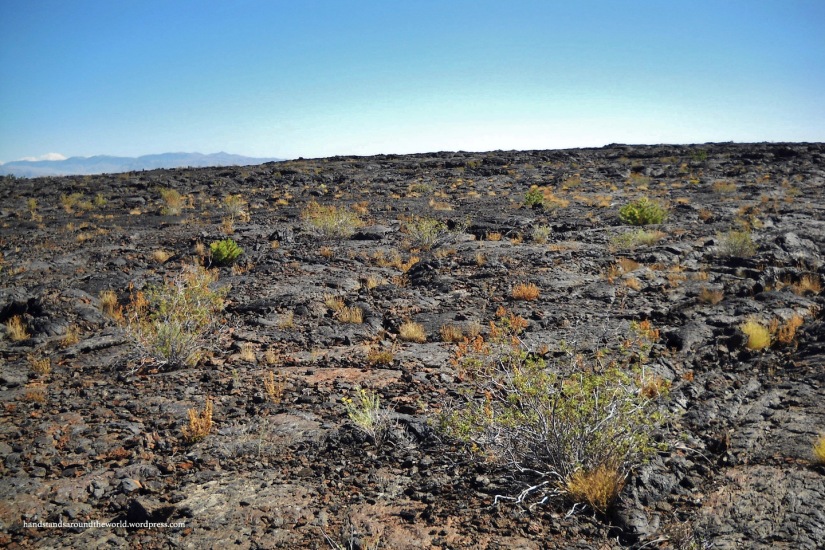
The first lava tube we went to was Dew Drop Cave, located just 0.2 miles (0.33 km) from the trailhead. This is the smallest of the caves, with two entrances leading to separate sections of the cave. There is no artificial light or established trail in any of the caves at Craters of the Moon; sturdy shoes and flashlights are necessary.
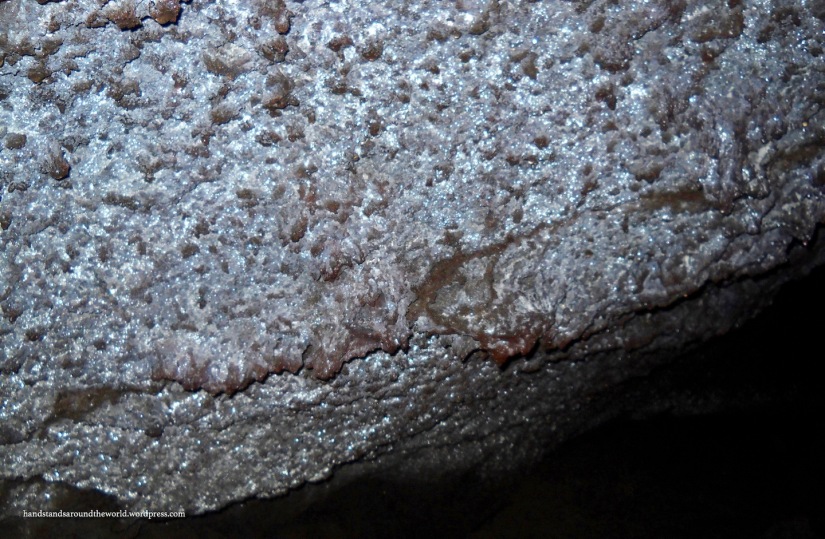
Two-tenths of a mile (0.33 km) beyond Dew Drop cave, the trail splits. We continued straight for 0.3 miles (0.5 km) to Boy Scout and Beauty Caves. The entrance to Boy Scout Cave and the passages inside are smaller than the other caves and required a bit of crawling. It was also extremely dark and cool inside Boy Scout Cave – we even saw some ice in cracks on the floor! The cool, wet environment inside the cave allowed for formation of some very unique and intricate mineral features.
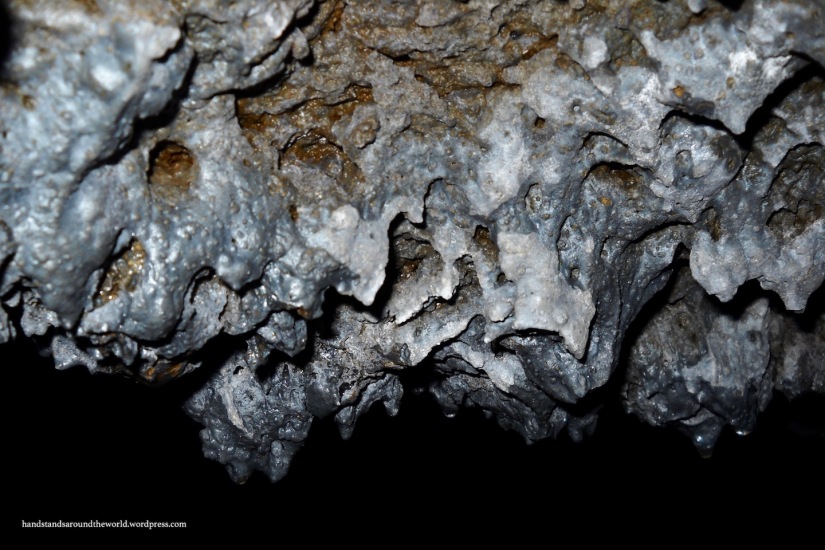
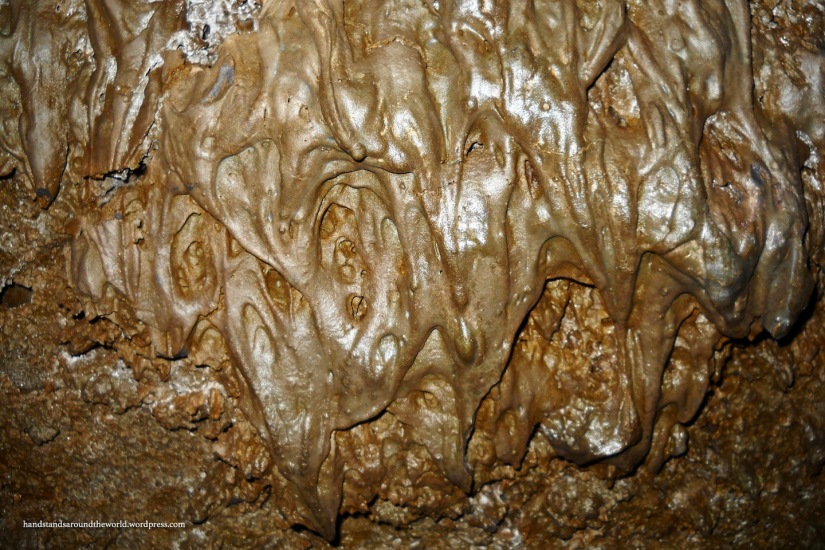

Beauty Cave was much easier to enter and the main room is much larger. Signs warn against exploring beyond this main room. The first time I visited Craters of the Moon was actually in 2003 with my family. My dad took a photo of my mom, sister, and me near one of these warning signs and it’s the least flattering photo of my mom that has ever existed. It must have been the combination of the pitch black environment and the brightness of the camera flash that caught her off guard. Her face just looks utterly blank. My sister tried to reproduce the photo on this more recent trip but was ultimately unable to replicate my mom’s expression.
(Don’t worry, Mom, I’m not posting the photo!)


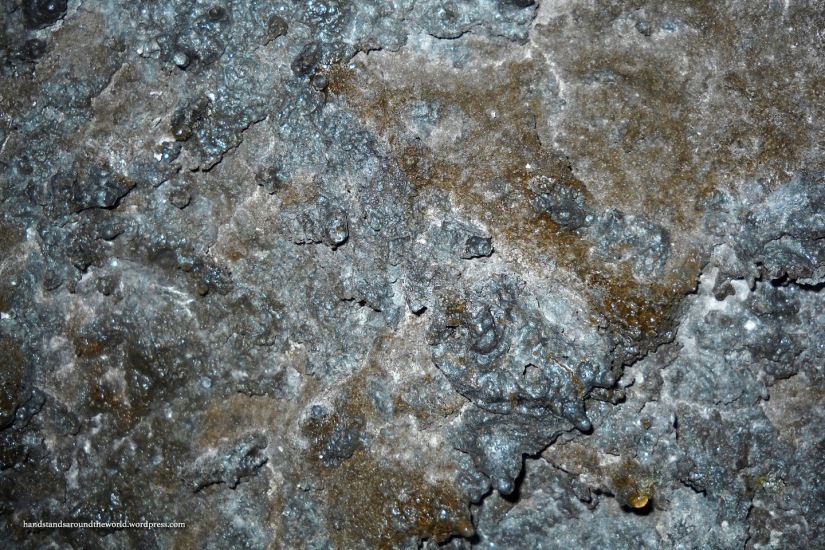
Anyway, to get to the final cave we headed back to the fork in the trail and turned left. This took us to a set of metal stairs leading down into Indian Tunnel. Lava tubes can range greatly in size; while the other 3 caves are relatively small, Indian Tunnel is 30 feet (9 m) high, 50 feet wide (15 m), and 800 feet (244 m) long. There are periodic openings in the ceiling of Indian Tunnel, so a flashlight wasn’t needed. However, as in the other caves there was no established trail.
We spent the most time exploring Indian Tunnel, and were able to walk much of the length of the cave and crawl around in some smaller side tunnels. Because Indian Tunnel is much more open to the air than the other caves, the environment inside is different. It’s warmer and dryer, so the mineral formations seen in most caves were nowhere to be found.
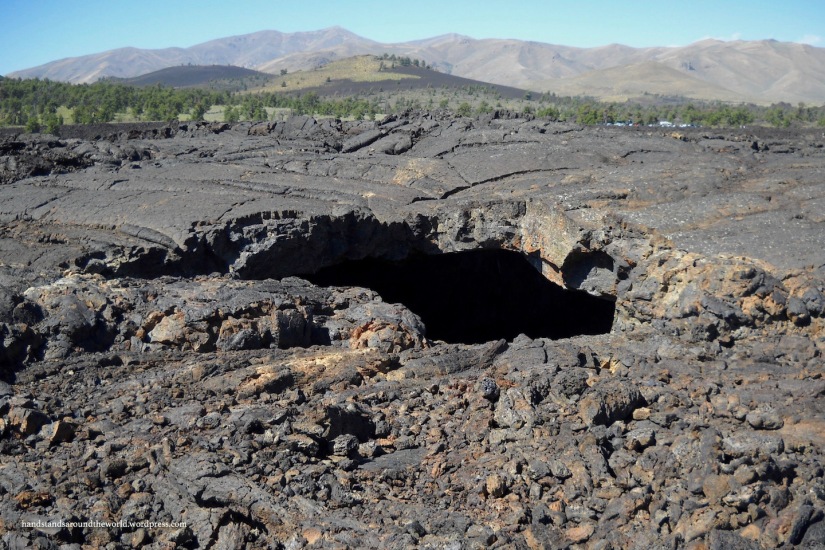
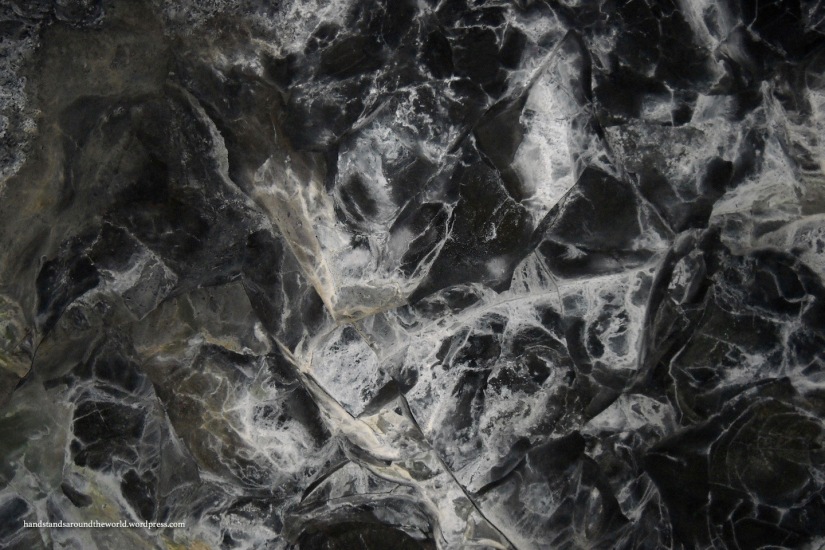
We definitely enjoyed the Caves Trail, and it was interesting to see the differences between limestone caves and lava caves. It was a very different caving experience from what we were used to. It’s also nice that we were able to explore the caves on our own, spending as much or little time as we wanted in each place. All in all, a fun way to wrap up our Labor Day weekend, and a good end to the summer of 2010!
The Important Stuff:
- Getting there: located 40 miles (64 km) southwest of Arco, ID on US Highway 20/26
- Fees & passes: $10 per car for a 7-day pass; Interagency Annual Pass accepted. Entry to the caves is free but requires a permit (available at the visitor center)
- Camping: Lava Flow Campground; 51 sites, no reservations (you won’t need them), $15 per night
- Hiking: the Caves Trail is 1.6 miles (2.6 km) and paved, but there are no established trails inside the caves
- Other: Bring a flashlight, sturdy shoes, and a jacket (all of which have not been in another cave anywhere in the US or have been properly decontaminated to avoid spreading White Nose Syndrome… see the NPS website for more information). The caves are dark and undeveloped, so vigilance is important to avoid tripping on the uneven rocks, slipping on ice, or getting lost.


You’d never be able to do this kind of cave exploring in the UK. My favourite here though is Speedwell Cavern, part of a defunct Blue John mine in Derbyshire – guides take you around the cave in a boat!
LikeLiked by 1 person
That sounds fun!
LikeLike
Amazing! Best caves I have been to were Paradise caves in Central Viet Nam.
Recently opened to the public.
http://www.greenglobaltrek.com/2014/04/paradise-cave-in-phong-nha-ke-bang-national-park-voyage-to-a-distant-beautiful-galaxy.html
Peta
LikeLiked by 1 person
Wow, that looks incredible! Vietnam is definitely a place I’d love to visit, there’s just so much neat stuff there. Thanks for the rec and for reading!
Diana
LikeLiked by 1 person
Caves are always a challenge for me as I’m claustrophobic, so when I need to dig deep, we dive into a cave. These look interesting.
LikeLike
They were super interesting! And the biggest one is pretty open. My sister is claustrophobic as well and did ok in most of these. I definitely recommend them if you’re feeling up to it!
LikeLiked by 1 person
Good to know!
LikeLike
This place looks awesome! I would love to go there sometime!!
LikeLiked by 1 person
It really is just so unique!
LikeLiked by 1 person